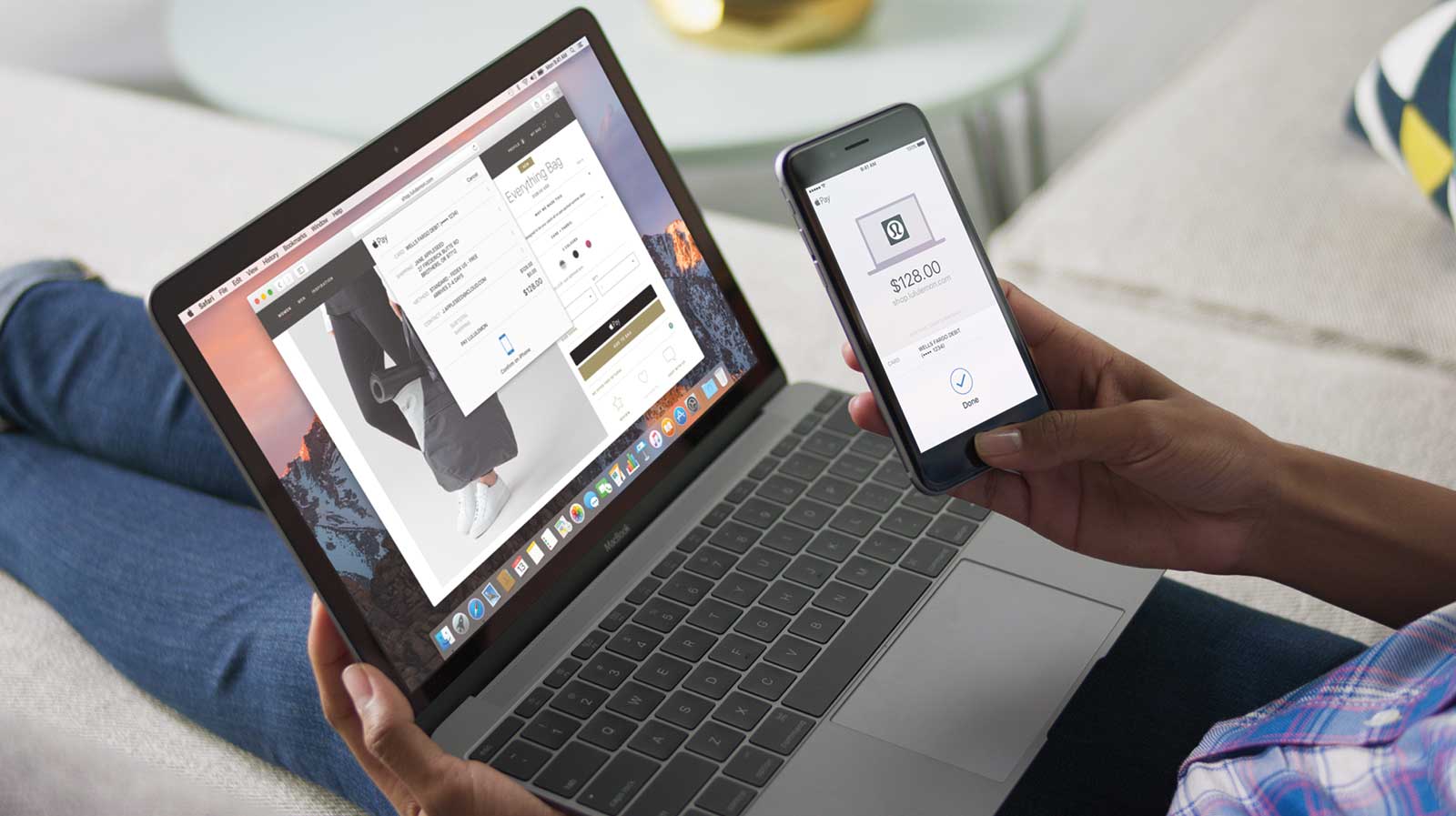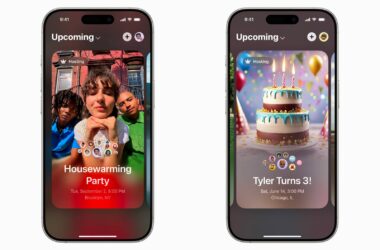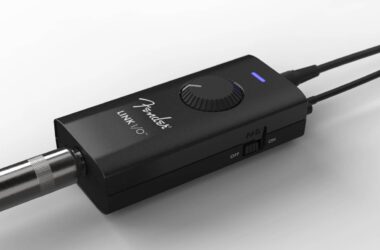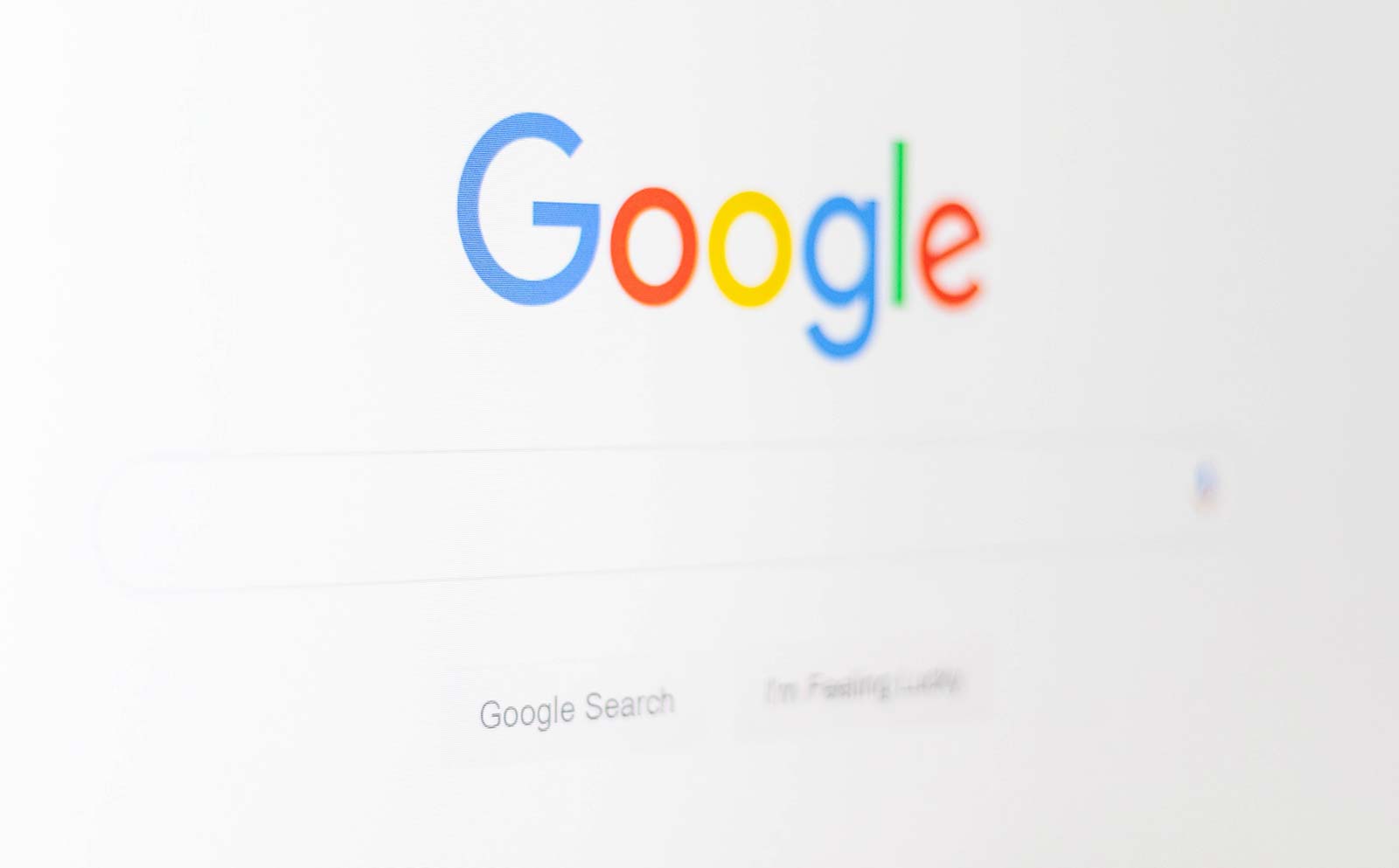One of Australia’s last big banks has finally joined the Apple Pay bandwagon, only a few months later than other banks it handles.
It has taken some time, but the world of mobile payments is finally within reach of more Australians, or more Australians than ever.
Depending on the device you have and the bank you use, the results can be different, but one thing’s for sure: Aussies have choice.
Almost every Android phone with NFC on-board supports Google Pay (barring the recent Mate 30 Pro and P40 Pro from Huawei) plus NFC-based wearables, while Samsung’s high-end phones since the Galaxy S6 onwards support Samsung Pay, as well as some of Samsung’s mid-range mobiles, too. That’s two solutions, both of which are supported by a variety of banks and lenders in Australia, with the independent options by Fitbit in Fitbit Pay and Garmin in Garmin Pay also handled by select providers.
That just leaves Apple Pay, which has been used on all Apple iPhone models since the iPhone 6, meaning you’ll find it on the iPhone 11 range including the iPhone 11 Pro Max, as well as both the old iPhone SE and the new 2020 iPhone SE, too.
But to make Apple Pay work, you need a bank to support the service, much like how the other payment platforms need support at various banks and lenders, too.
Bit by bit, Apple Pay has gradually joined both big and small banks and credit unions in Australia, and now it seems the last big bank has finally jumped on, too.
Westpac has joined up with Apple Pay, joining the likes of ANZ, the Commonwealth Bank, and NAB — typically known as “the big four” — and even joining Westpac’s other banks, which received access to Apple Pay late last year.
That’s good news for Westpac customers with an iPhone or an Apple Watch, as the technology is supported on Apple’s wearable as well, which is also good news for folks keen on moving away from cash ASAP given what’s going on in the world, as well as folks keen to use Apple Pay for paying for things on their recent Mac laptop, too.






